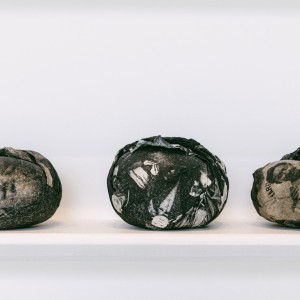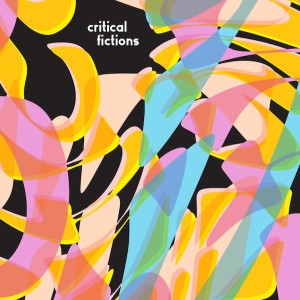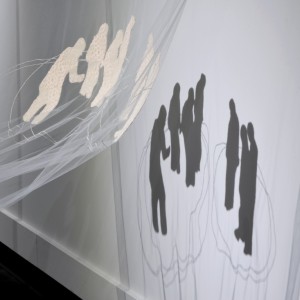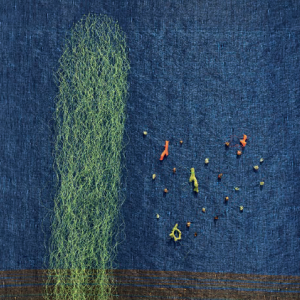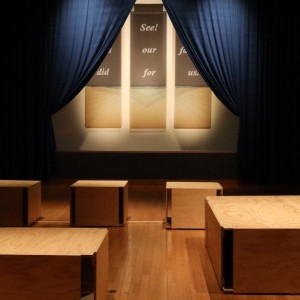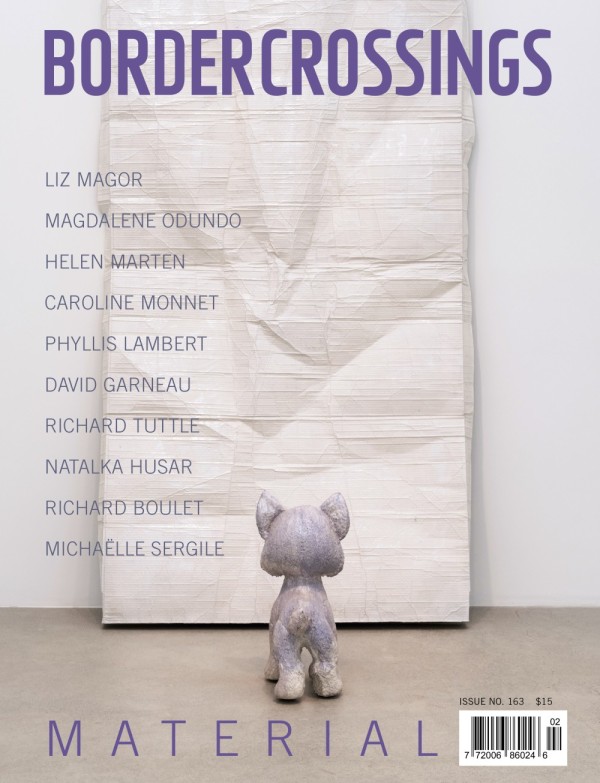
January 2024
#163
This is a period of evanescence — not radiant or transcendent — just here and gone. It seemed like a good time, then, to address the subject of material — hence the theme of this issue MATERIAL. Something with dimensions, weight, colour and substance. Something you can put a finger on or rub across, something to gauge in the palm of your hand. Something on which to make an impression, leave a trace and in turn have the substance respond to your mark.
In this issue of Border Crossings, we have turned the substance over, held it, sniffed it, queried it and have looked at a range of ways material is addressed. In the Borderview section at the magazine’s start we offer Natalka Husar, a noted Canadian painter who is showing a large work where paint is only one medium among many, including fabric, a zipper, a metal pot lid, magnets, snaps, clips and embroidery, giving full meaning to the term, mixed media. Also, in this section is Montreal-based, Haitian born artist Michaëlle Sergile who is addressing a history that had been invisible or overlooked, bringing this significant archive of Montreal’s Black community’s recorded photographs into the present as sizeable woven tapestries. Sharing the section are the angry but also tender fabric works of Edmonton-based artist Richard Boulet who transforms demons into butterflies, uses wisps of material, cross-stitched declarations as well as the crocheted work of collaborators. He makes it clear the barbs and admonitions make the term needlework apt.
One of the issue’s four interviews is with Canadian artist — and here legendary can be added as a descriptor — Liz Magor in a conversation correctly titled, “Thing Maker.” A beautifully unique and eccentric use of material to produce facsimiles, doppelgangers of objects anyone else would have overlooked. And, equally, in the category of eccentric is British artist and novelist Helen Marten. On material and the relationship between and among objects, she says, “Anyone who tells you that objects are not overtly political is painfully naive to the granular, mercantile nature of being alive.” She is fabulous on craft and material, material gestures and laminations.
As to laminations, Algonquin/French Anishinaabe artist Caroline Monnet uses building material formed and inscribed with motifs and cultural imagery that show her art and constructions as precisely her own. Her interview is intelligent, alert and rich.
Unparalleled in the use of material in sculpture is Kenyan-born British artist Magdalene Odundo. Dignity and beauty read across her work and her words in this interview with Border Crossings. Clay, vessels, pots, but ultimately sculpture.
Searching the material for its inherent and/or applied spirituality and telling us where it resides is an elegant essay by Métis writer, artist, teacher and curator, David Garneau. If we are kindly interrogating material — what is palpable and there — we are also looking at the immaterial, the un-material in the spirituality called forth through the séances held in the home of Dr and Mrs TG Hamilton, staunch members of the Winnipeg community at the turn of the last century. Dr Hamilton’s state-of-the-art cameras documented, captured and confirmed the truth of ghostly presences.
Nowhere is material more fulsomely embraced than in vernacular art, where materials are used with unabashed pleasure. In this issue as well, is a Portfolio of very fine, thoughtfully taken photographs, done over the course of decades, by the distinguished founder of the Canadian Centre for Architecture in Montreal, Phyllis Lambert. Here is material of a different sort. And always, our regular column on artists’ photo books by noted critic and poet, Barry Schwabsky.
This issue holds much more, including our broad-ranging reviews section. You can’t say, reading it, that it is immaterial.
Buy NowTable of Contents
-
Bordernotes
Insomnia, the Thin Skin of Sleep -
Borderviews
Fire and Water, Clay and Paint - The Visual Sound of Two Hands Stitching
- Centring the Margins
-
Bordercolumn
Who Are You, Polly Maggoo? a photo novel by William Klein, 2023, a film directed by William Klein, 1966 -
Picturelibrary
Barry Schwabsky’s PictureLibrary: I See Better When It’s Quiet Brea Souders, Morgan Ashcom, Lisa Klapstock -
Interviews
Thing Maker: An Interview with Liz Magor - Material Language An Interview with Helen Marten
- The Ultimate Art: An Interview with Magdalene Odundo
- Material Multitaskery An Interview with Caroline Monnet
-
Articles
Just So: Richard Tuttle - Vernacular Art: The Everyday Monumental
- The Undead Archive: 100 Years of Photographing Ghosts
-
Portfolio
Phyllis Lambert observation is a constant that underlies all approaches -
Essay
Indigenous Materialism Things and Their Relations -
Crossovers
James Carl - Ed Ruscha
- Kapwani Kiwanga
- Jenine Marsh
- Inside the Spiral: The Passions of Robert Smithson
- Jen Aitken
- Takao Tanabe
- “Open Structure”
- Emma Nishimura
- Critical Fictions
- Becky Thera
- Graeme Patterson
- “Conceptions of White”
- Ari Bayuaji
- Anne Kahane: Dualités Dualities
- Lauryn Youden
- “Cabinet Music (Cantata for Erosion)”


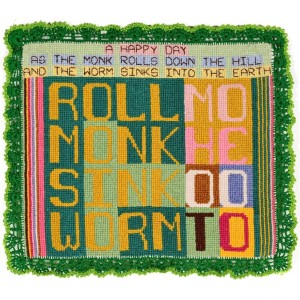

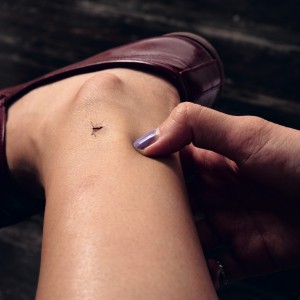
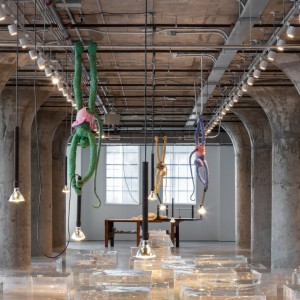
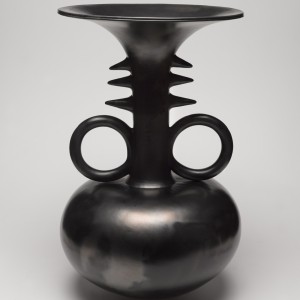
_copy_1100_1100_90_300_300_90_s_c1.jpg)
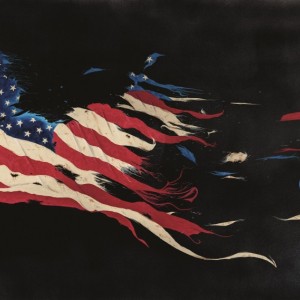
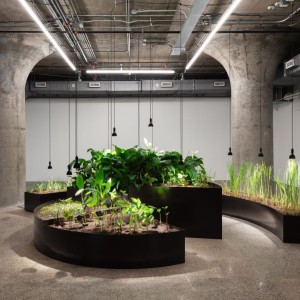
-1_copy_300_300_90_s_c1.jpg)



